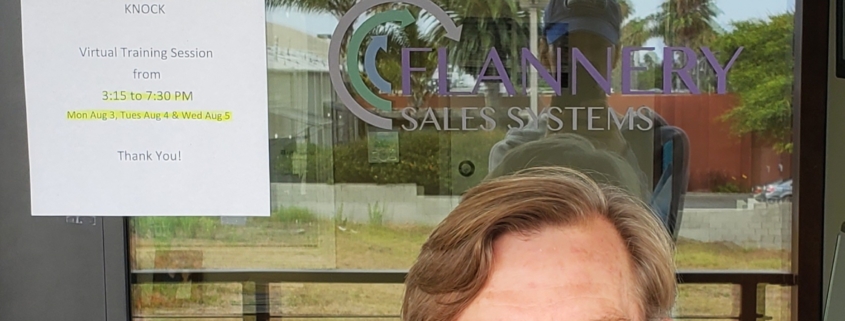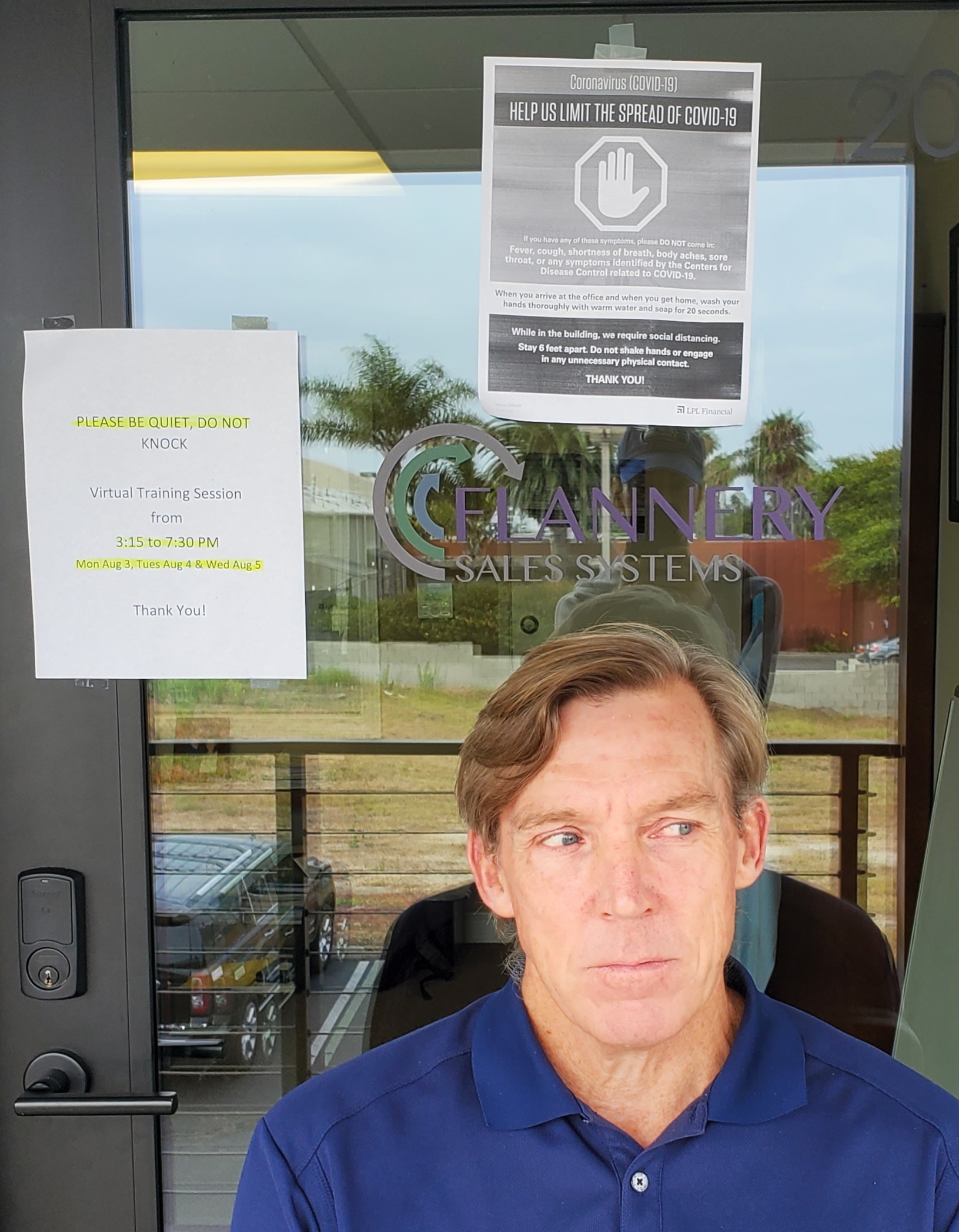Most sales managers we speak with express frustration that their salespeople are not in front of enough qualified prospects. Without an effective prospecting system in place, the sales pipeline is weak, creating pressure to be more aggressive in selling to less qualified prospects. This leads to poor sales and margins, frustrated salespeople, and concerned management.
Prospecting is an activity that is filled with rejection. You’ve got to deal with gatekeepers, people claiming they’re happy with their existing supplier, they’re too busy to see you, etc. In some industries, salespeople need to make 50-60 contacts just to get one appointment.
Most salespeople focus on the results of their prospecting efforts, and that’s a mistake. While results are important, it’s impossible for you to control results. Our advice is simple – don’t worry about what you can’t control. Instead, focus on those things that you can control.
You MUST Schedule Sacred Prospecting Time Each Week
This is a must for all successful prospectors. If you don’t carve out and protect the prospecting time slot, other activities will creep into that time and dilute your efforts. Another thing you can certainly control is your own behavior – the activities that you do. If you set prospecting goals for yourself, such as making ten cold calls daily, every day you make those ten calls is a successful prospecting day. You won’t last long if you become discouraged every time a prospecting call comes up empty. Try changing your attitude.
Think of prospecting as a discarding activity. You’re discarding those who are not prospects, and each time you discard one you get closer to that gold nugget. Let’s face it, prospecting is a head game in many ways, so get your head straight if you want to win the game.
Don’t Put All Your Eggs in One Prospecting Basket
Most successful prospectors have more than one method of prospecting. They don’t put all their eggs in one basket.
Here are a few proven ways to find prospects, but every business is different and some of these activities may or may not fit you. Select several that do fit your model:
- Prospecting within your current accounts for expanded business where you have an established relationship.
- Referral prospecting where you use your current customer base to refer you to others.
- Networking at professional meetings, association meetings and anywhere else that your prospects or good referring sources may gather.
- Participation at trade shows or special exhibits.
- Newsletters, both in print and email.
- “How to” articles in client-orientated publications.
- Speeches at client industry meetings.
- Cold calling
Once you’ve gained the attention of that hard-to-reach prospect, you’d better make sure that your initial message moves you forward, not backward. This is where some salespeople blow it. Given the chance to make a great first impression and set themselves apart from the competition, they do just the opposite. For tips on how to get that perfected, see our Prospecting post.








 This guest article was written by Chris Bullick. Chris is a Principal Consultant who is the Creator of the Sales Diagnostic Questionnaire (“SDQ”), he provides analysis and strategy for go to market strategies, corporate messaging, pipeline metrics, relationship building and winning presentations.
This guest article was written by Chris Bullick. Chris is a Principal Consultant who is the Creator of the Sales Diagnostic Questionnaire (“SDQ”), he provides analysis and strategy for go to market strategies, corporate messaging, pipeline metrics, relationship building and winning presentations.
